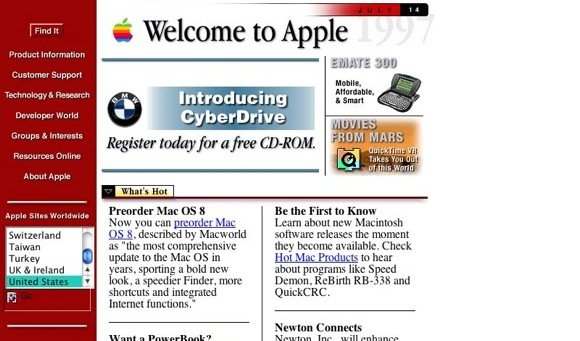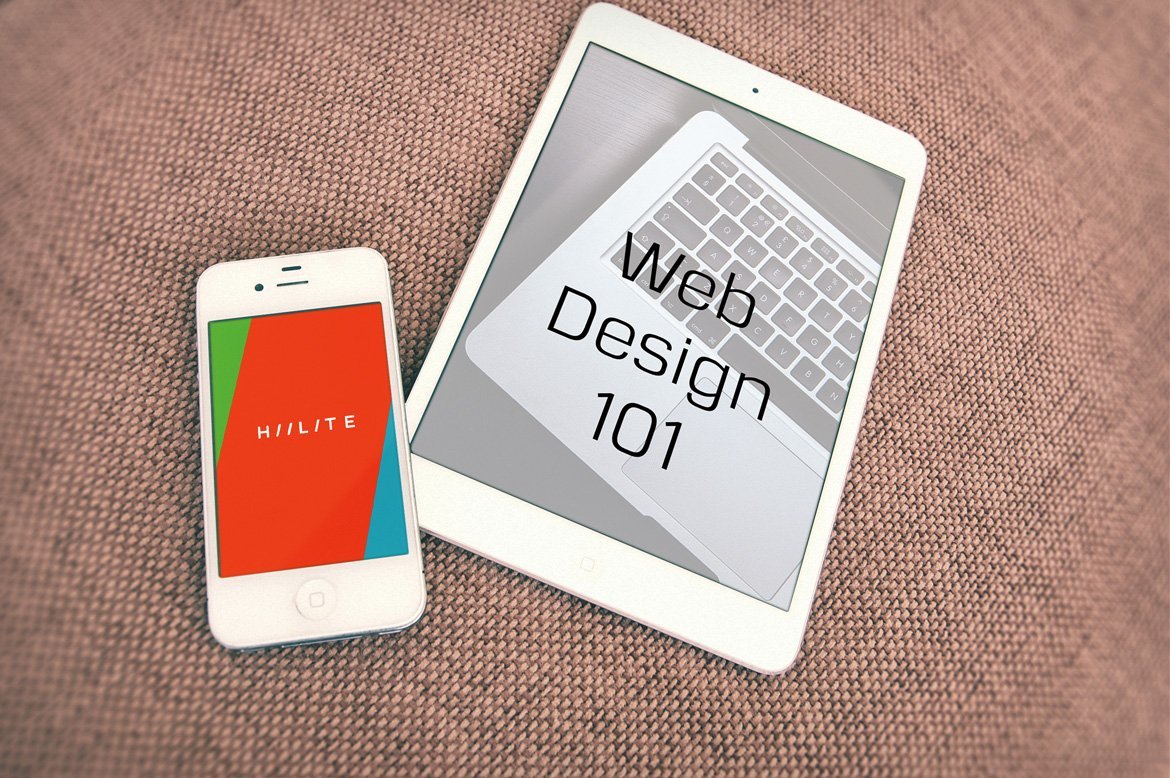When you’re looking to build a new website, where do you start? Many companies know they want and/or need a new site, but that’s about as far as they get when it comes to planning. There’s no denying that your web presence is important, but when it comes to deciding what that should look like you first need to determine two important variables: customer needs & business goals. Too often businesses come to us with a general idea of how they want their site to look and maybe some basic functional requirements, but they haven’t pin pointed exactly what they want their website to do for them and for their customers. Luckily we have some experience in this area (just a little bit) and have been able to guide our clients through the process of planning & designing a website, strategically. The end result is a website that is not only pretty but functions well and works for your business.
In this article, I want to share this process with you. This is just a little insight into the secret sauce of smart web design, so here we go…
Planning
This is the part where we sit down and identify goals. What does your website need to do for your business? What are your customers looking for when they search for you? Sometimes all you need is a simple site, with basic information that tells customers a little bit about your company, service offerings, and how to get in touch with you. Or maybe you want to launch a full e-commerce store allowing you to capture a new market by selling your products online. Either way, laying out your goals helps you to get an idea of the scope of the project, the required functionality, and some insight into the visual design. This article has a great rundown on how to set SMART website goals, it’s worth a read.
Identifying as many details as possible in the planning process makes everything a lot smoother once you start building the site, it saves time because you can avoid going back and forth having to add functionality or adjust the design because things come up that need to be added or changed. That’s not to say the process is inflexible because it can be very dynamic, but any major items in the site structure or functionality should be planned for up front.
User Experience
Who is your customer? What do you want them to do on your site? What are they looking for when they land on your home page? Designing for the user is central to successful web design. Navigation should be clear and easy to understand, people want to get to the desired information in as few clicks as possible. The impact of mobile has been huge, and all recent information indicates that mobile web browsing will continue to increase. People search more often on their phones than they do on desktop computers, it’s a fact. Of course, mobile usage varies depending on your target market but it’s a trend few companies can afford to ignore regardless. This means websites need to be designed with the mobile user in mind, your website should be responsive and just as easy to navigate in a mobile browser as it is on a desktop.
Design
There are a lot of poorly designed, ugly websites out there. A lot. It’s unfortunate that people will often assume that an “affordable” website will be basic in it’s visual design and that they have to settle for something less than ideal because of budget constraints. Now, think about what it does for your brand to have a website that looks like it was built in 1998… even though the copyright in the footer says 2014, the look and feel says “outdated” – not the impression you want associated with your brand! Here’s a visual for you:

What you DON’T want
We have had a number of clients come to us to for a website redesign and they are pleasantly surprised to learn they can have a modern and elegant looking site well within their budget.
We like to work through the design process in phases. First, based on the information acquired in the planning stage we develop a mockup design and a few iterations. From there we can narrow down what we like aesthetically and make changes as needed. Once we’ve narrowed down the visual design, we can move on to the build. We work almost exclusively in WordPress, there are a ton of popular themes to choose from that are easily customized to fit your brand. Using a theme as a starting point versus custom coding the design from scratch is great way to get a good looking website within your budget.
Content
Content is crucial. A website is only useful if it is full of images and content that your end user will find valuable and will drive them to connect with you. Content writing for the web is different than writing any other marketing material. The more relevant and useful content you have on your website, the more it will increase your ranking and visitation. Content is driving search engine results more than ever, although it’s great to have a well designed site how useful can it be if no one can find it? When it comes to content development you have a few options: write it yourself, hire a professional writer, or work with your agency to develop relevant marketing content for your site. We often work with clients on content development for the sites we build. It’s also important to be able to manage your content easily, which is another reason we prefer to work in WordPress – the interface is very user friendly and updating your content is a breeze.
Hopefully this brief overview gives you a better idea of the considerations involved when looking at building a new website. As always we are more than happy to answer any questions you may have about our web design services. Feel free to browse through our web design portfolio to see examples of our work, or if you’d like to chat with us directly drop us a line and say Hii!

